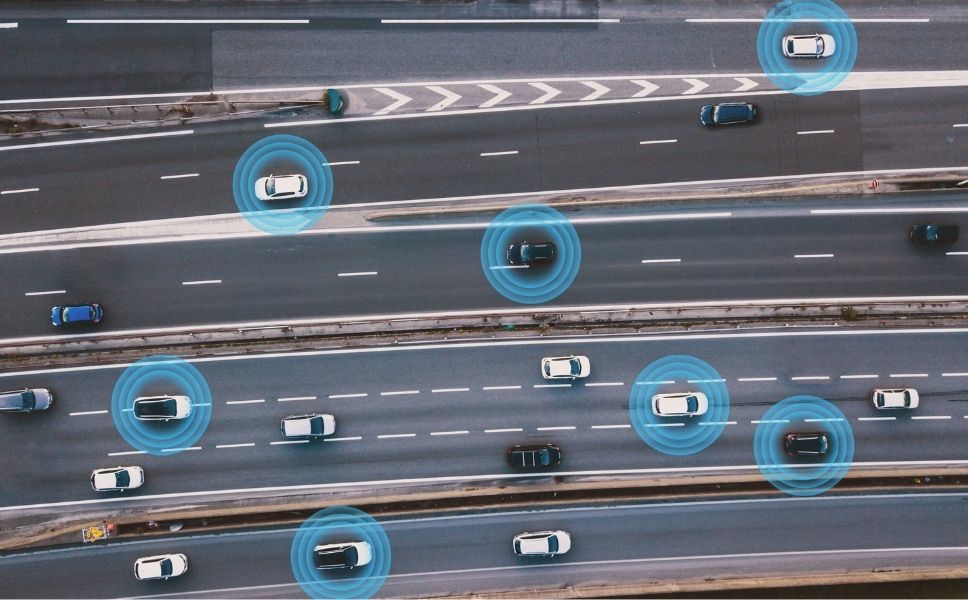This website uses cookies so that we can provide you with the best user experience possible. Cookie information is stored in your browser and performs functions such as recognising you when you return to our website and helping our team to understand which sections of the website you find most interesting and useful.
-
DIGITWIN4CIUE

The project Digital twins are virtual representations of real-life systems that can facilitate decision making by providing system managers with an environment where they can monitor how the system evolves and test alternative measures to improve its performance before implementing them in the actual system. Powered by the advanced sensorisation and computation capabilities offered by…
-
TravelInt

Context A complete understanding of passenger behaviour, as the final users of the air transport system, is a key aspect for airport planning and management. Airports must be able to adapt to the constantly changing market demand to acquire a better understanding of passenger behaviour and adjust their strategies accordingly. The traditional approach for collecting…
-
BAMBOO

Context The traditional approach to collecting travel demand information, mainly based on surveys (household travel surveys, vehicle intercept surveys, on-board transit surveys, etc.), provides rich information, but also suffers from major shortcomings. The analysis of geolocation data from personal devices, such as mobile network data, allows overcoming many of these limitations: In some projects, surveys…
-
SHAPEMOV

Context Car, motorbike, bicycle and scooter sharing services have spread across a multitude of cities in recent years, adding a new possibility to the offer available to meet citizens’ mobility needs. This initial phase has been characterised by an enormous dynamism, under which shared mobility operators have prioritised rapid deployment strategies that promote their visibility…
-
InPercept

The project In recent years, connected and autonomous vehicles (CAVs) have brought a technological breakthrough for the automotive industry. CAVs are expected to enable higher levels of traffic safety and greater environmental efficiency. The concept of Operational Design Domain (ODD), defined as the operating conditions under which CAVs can operate safely, is however limited by…
-
SHAPE

Context Shared car, motorcycle, bicycle, and scooter services have spread across numerous cities in recent years, adding a new mode to the available options to meet citizens’ mobility needs. This initial phase of implementation has been characterised by rapid growth: on one hand, shared mobility operators have prioritised strategies for swift deployments to enhance their…
-
AVENUE

The project AVENUE aimed at developing an AI-based decision support tool for designing and monitoring shared mobility regulatory frameworks oriented towards the reduction of GHG emissions. The project was part of AI4Cities, a three-year EU-funded programme that brought together leading European cities looking for artificial intelligence (AI) solutions to accelerate carbon neutrality. Nommon and Populus…
-
MOMENTUM

The project Information and Communication Technologies (ICT) and emerging mobility solutions such as Mobility as a Service (MaaS), Connected Automated Vehicles (CAVs), new shared mobility services, and demand responsive transport are bringing radical changes to urban mobility. The MOMENTUM project aimed to develop a set of new data analysis methods, transport models, and planning support…
-
BD4PT

The BD4PT project BD4PT is a research project funded by the Spanish Ministry of Economic Affairs and Digital Transformation and the European Regional Development Fund (ERDF). The project aimed to develop a new technology able to process data collected from smart payment systems and combine it with other data sources (vehicle positioning, land use information,…
-
BEACON

The project BEACON is a research project, funded under SESAR 2020 Exploratory Research, seeking to design new procedures for Airspace Users (AUs) to better allocate their resources (aircraft, pilots, crew, and others) in case of disruptions, and evaluate the proposed procedures through new methods and tools able to take into account AUs’ complex behaviours, such…
